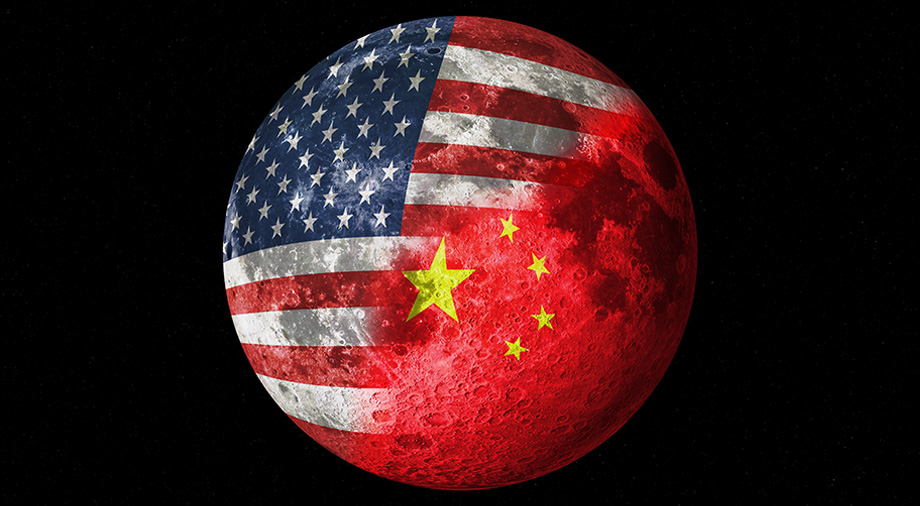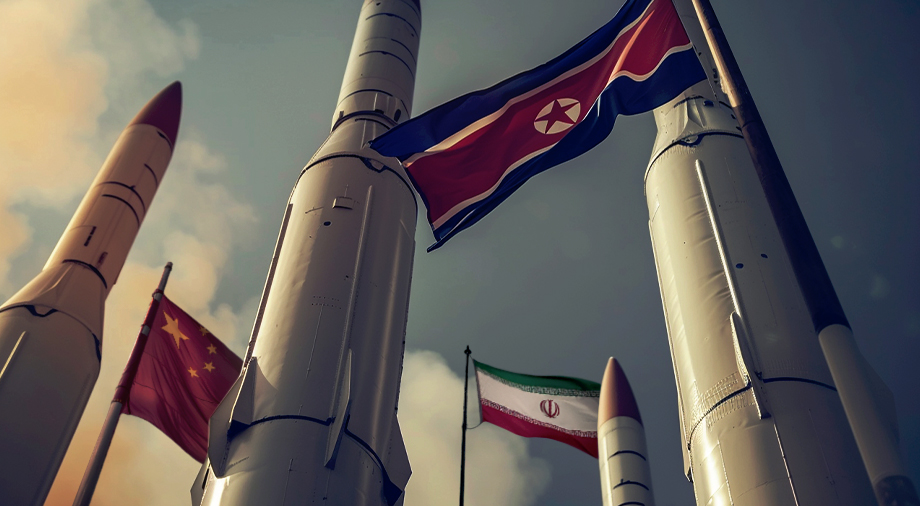In recent years, the world has been moving further and further towards demarcation and renewed geopolitical confrontation. The new alliances formed on Earth are gradually moving to outer space. Today, they are united by one common goal – to conquer the moon.
On the American side, there is the Artemis Accords (AA) initiative, whereas China has put forth the International Lunar Research Station (ILRS). Each year, these two different programs attract more and more participating countries to their ranks. While some of them have the necessary space technologies to contribute to the cause, others appear to be joining one camp or the other for purely economic and/or political reasons.
A counterweight system
The Artemis Accords, proposed by the United States in 2020 as a non-binding international initiative to explore outer space and celestial bodies for peaceful purposes, was immediately criticized by America’s two leading political rivals — the Russian Federation and China.
Despite the fact that the AA completely excluded the deployment of any type of weapons to strengthen a country’s presence in space and emphasizing the peaceful aspect of space exploration, the Russians and the Chinese saw in the agreement a means of consolidating American control over space. This really had its own logic – as the world’s leading space power, it was the United States that had invested the lion’s share of resources to conquer the Moon, offering partnership to all other interested players along the way. Therefore, it would be very surprising if the United States suddenly gave up leadership in its own space program.
In an effort to strengthen the role of their countries as leading space powers, the China National Space Administration (CNSA) and the Russian Roscosmos space agency signed an agreement in March 2021 on the creation of the International Lunar Research Station, which is currently planned to be located near the Moon’s south pole. According to preliminary assessments, the area contains many deposits of water ice. Five consecutive ILRS construction missions are expected to take place over a four-year period (from 2031 to 2035), and by the end of 2028, the space agencies involved in the project will have to approve the basic model of their future lunar station.
It is worth noting that even if one were to dismiss the current realities of the strategic confrontation between China and the United States, and suppose that China expressed a desire to participate in the Artemis Accords, it would be illegal for the US to allow it. This is the result of the Wolf Amendment of 2011, which legally prohibits American aerospace companies, including NASA, from cooperating with the PRC in matters of space exploration or the exchange of space technologies. Thus, in a sense, it was American policy that indirectly led China to create its own alternative to American-led lunar exploration.
Other US steps taken after the end of the Cold War to increase American space dominance have also led to the current bifurcation. Many countries that entered into a confrontation with the US were forced to look for a new patron, and the rising China fit the bill. The PRC’s space sector is steadily strengthening, offering its potential partners assistance in building their own economic sectors.
In many ways, it is the political and economic aspects that play a major role in encouraging certain countries to take sides in the new Moon race. Looking at the unfolding of events surrounding both lunar conquest initiatives, one can already conclude that neither AA nor ILRS is an exception to this rule.
ILRS: capacity of participants
At the end of April 2023, the PRC announced the establishment of the International Lunar Research Station Cooperation Organization (ILRSCO), the first transnational institution for coordination and cooperation between participating countries on the way to building the ILRS. Other countries then began to join the Sino-Russian initiative, the first of which was Venezuela, which signed an agreement with the PRC in July 2023 on cooperation in the construction of the ILRS.
The development of space in Venezuela is a fairly young endeavor, because the Bolivarian Agency for Space Activities (Agencia Bolivariana para Actividades Espaciales, ABAE) was founded only in 2007, and in its incomplete 20 years of existence, it has not made a major contribution to the development of the aerospace sector. However, Venezuela’s aeronautic cooperation with countries such as Brazil, Uruguay, the PRC, and India made it possible to attract more than 1,000 specialists to their space agency’s ranks, as well as to launch three satellites, the first of which was the telecommunication Venesat-1, deployed in 2008.
Having too little technical and material resources to develop and establish its own space sector on its own, Venezuela turned to more developed countries for help – a common practice for outsiders in the global space sector. ABAE, for its part, has agreed to give CNSA access to its ground stations, which will apparently be used for spacecraft communications with Earth during future lunar exploration trips and ILRS construction.
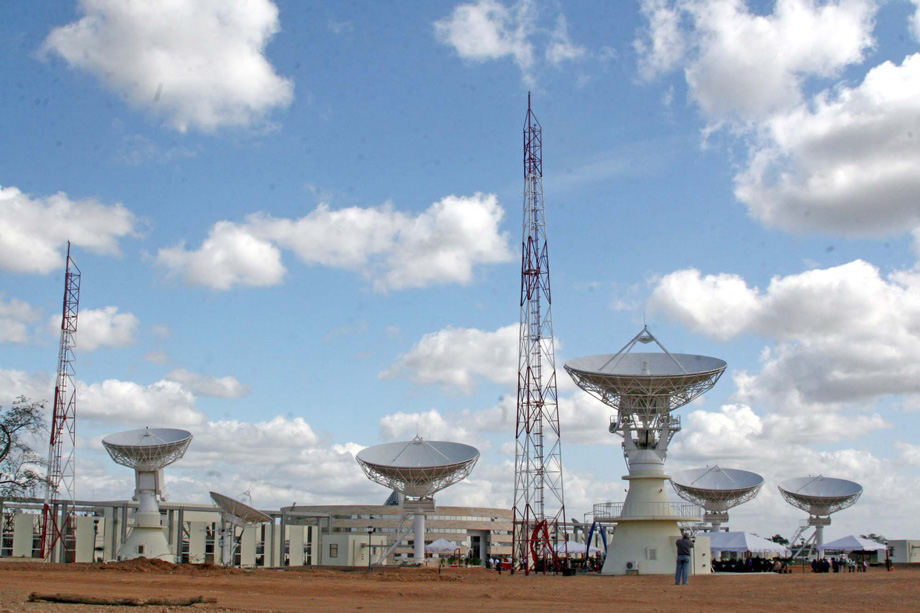
As of today, the following countries have joined the ILRS construction project: China, Russia, Belarus, Venezuela, the UAE, Pakistan, Azerbaijan, South Africa, and Egypt.Formally, the list of countries that indirectly participate in the initiative is even larger, because the Asia-Pacific Space Cooperation Organization (APSCO) – which also includes Bangladesh, Iran, Thailand, Mongolia, Pakistan, Peru, Indonesia, and Turkey – have also joined it. Companies from the very heart of Europe, such as the Swiss Nano-SPACE, are also taking part in the project. Another independent European institution, the Adriatic Aerospace Association, located in Croatia, will also help China in deep space exploration.
Some of the countries on this list would really like to help China in its long-term lunar plans. The above-mentioned Swiss Nano-SPACE, a startup founded in 2018, has for several years been producing highly integrated mechatronic subsystems and components which can quite realistically be used in a number of space vehicles and devices. The experience of creating new components and modules – and of operating a commercial business in a broader sense – could really come in handy for China, which has only recently embarked on the path of strengthening its own private aerospace sector, although it has somewhat slowed down the pace of attracting funds there in recent years.
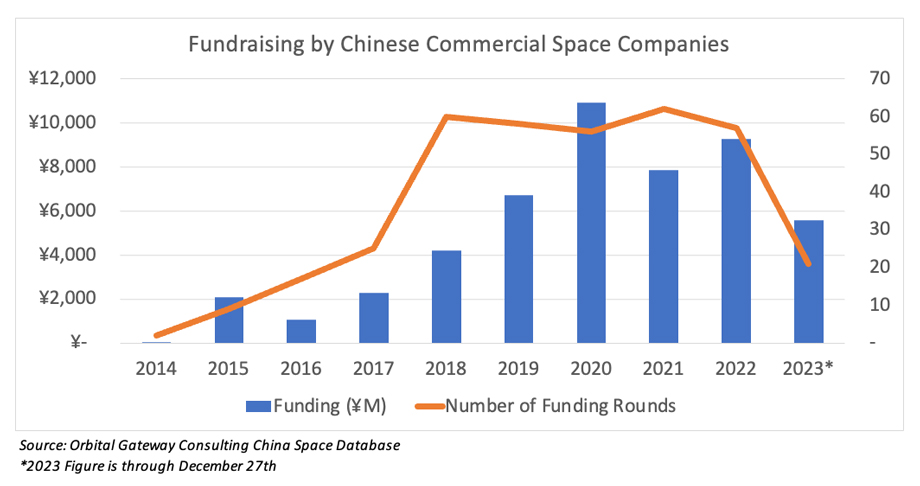
Russia also has certain capabilities based on their Soviet experience. While this may seem intuitive, in Putin’s country, not even the Russian space program is bound by rules. Thus, the Luna-25 probe, launched last year, was supposed to be the second preparatory mission in the ILRS program after the successful attempt by China to land the Chang’e-4 spacecraft on the far side of the Moon.
However, in the Russian space program, the ghosts of past successes clearly dominate the achievements of the present. The Luna-25 failed to deliver its 30 kg payload to the Moon, and contact with the probe was lost during a landing attempt due to an incorrect calculation of the trajectory of the spacecraft’s orbit. Of course, Roscosmos did not hesitate to come up with plans to launch the second version of the Luna-25 to the moon in 2025 or 2026.
Today, the image of Russian space has been tarnished due to problems with the Soyuz and Progress manned spacecraft, which in recent years have experienced three separate coolant leak incidents while docking with the ISS. It is increasingly clear that one of the founding countries of the ILRS program (Russia) is clearly dragging the other (China) down.
The appearance of other participants in the ILRS program is much less meaningful. For example, the Egyptian Space Agency, which is currently the most recent signatory to the ILRS project, is clearly in its infancy. Moreover, the development of Egyptian space in the 21st century is completely dependent on the Chinese: in 2019, it was China that started building the Satellite Assembly, Integration and Test (AIT) Center in Cairo.
After four years of construction, in 2023, the AIT began operations, encouraging many space specialists (mostly from Africa and the Middle East) to participate in its projects. Thus, with the direct assistance of their Chinese partners, the Egyptians are trying to help spread the technologies of construction and operation of satellites on the continent, claiming to become one of Africa’s leaders in this field.
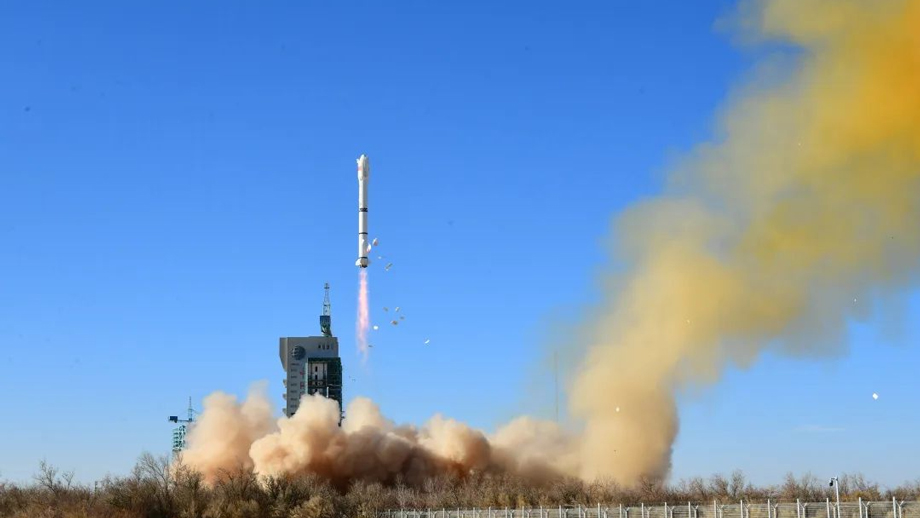
China is obviously trying to play a long game by inviting countries with clearly undeveloped space sectors – like Mongolia, Thailand, Venezuela, and Egypt – to participate in the ILRS. Today, the PRC is investing heavily in the process of popularizing the satellite and space industries in countries that previously had a rather indirect idea of them. By placing orders for the construction of new space centers, factories and research laboratories, Beijing is not only making money here and now, but also tying these countries to its own space-industrial base. This creates a situation in which the PRC’s partner states in the space sphere will be forced to follow their “elder brother” in matters of development and integration of any new space technologies.
Another obvious benefit for China is the cultivation of new professionals in this field. Actively promoting the exchange of experience and providing access to its own rocket and space technologies indicate that Beijing is specifically investing in the intellectual potential of ILRS members and gradually moving away from the strategy of fulfilling turnkey space orders, as it was before. And if such steps do not seem obvious to everyone now, in ten years, when the first missions to build ILRS on the surface of the Moon will begin to materialize, perhaps they will be carried out by the efforts of the least developed participants of the Chinese lunar program. Only time will tell.
Artemis Accords: participants’ potential
The picture is completely different with the US Artemis Accords initiative. As of the end of January 2024, 34 countries have signed the agreements, including participants with deep history in space. Take Germany, for example, where the first ballistic rockets were born.
Unlike Russia, Germany made the right decision regarding its policy in the 20th century. Their new space strategy, approved last September, encourages the development of the country’s own aerospace sector, involving a number of ambitious commercial players, including startups, in the process. However, it does so solely with the importance of preserving our planet in mind.
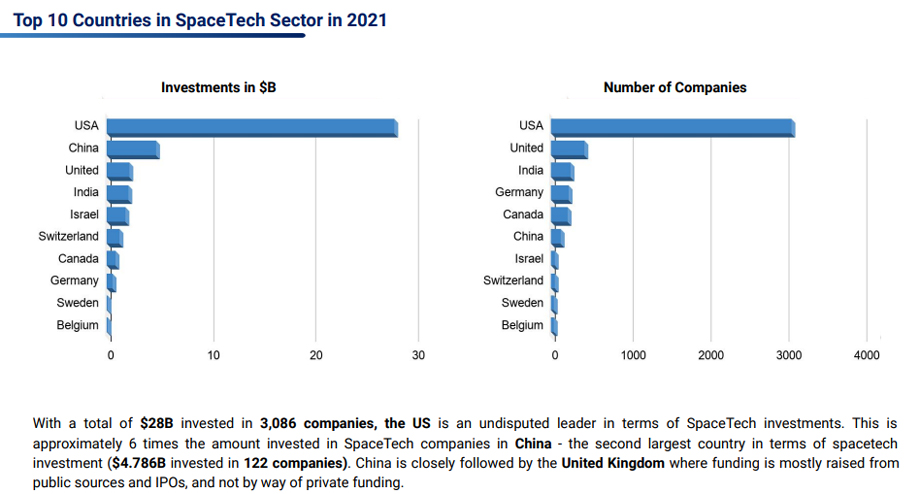
Another important German goal is involving space technologies in solving the problem of climate change. The result of this policy is noticeable – instead of pouring billions of dollars into military space technologies, as Russia does, Germany is seeking to use its orbital resources to make the Earth safer. The country is also carrying out a competent training policy — there are more than 7,400 employees at the German aerospace center (DLR), the country’s leading space organization, alone.. But when it comes to real intellectual work (for which, in our opinion, space exploration qualifies), quantity never equals quality. For example, as of 2021, more than 180,000 employees in 31 divisions were involved in Roscosmos, but the agency’s Luna project nevertheless turned out to be junk.
One of Artemis Accords’ strongest assets is the participation of France, which is home to one of Europe’s most impressive rocket manufacturers, Arianespace. The French Space Agency (Centre National d’Etudes Spatiales, CNES) is also a leading member of the European Space Agency (ESA). Over the years of its membership in the organization, CNES and its European colleagues have carried out a great many legendary space missions, including Jason, SMOS, Corot, Swarm, Rosetta and the Mars Science Laboratory. France is developing its commercial satellite monitoring sector (with companies like SPOT, Pléiades, and METOP/IASI), geospatial awareness, and satellite telecommunications. Moreover, CNES plays one of the key roles in the development of Galileo, the European analogue of GPS.
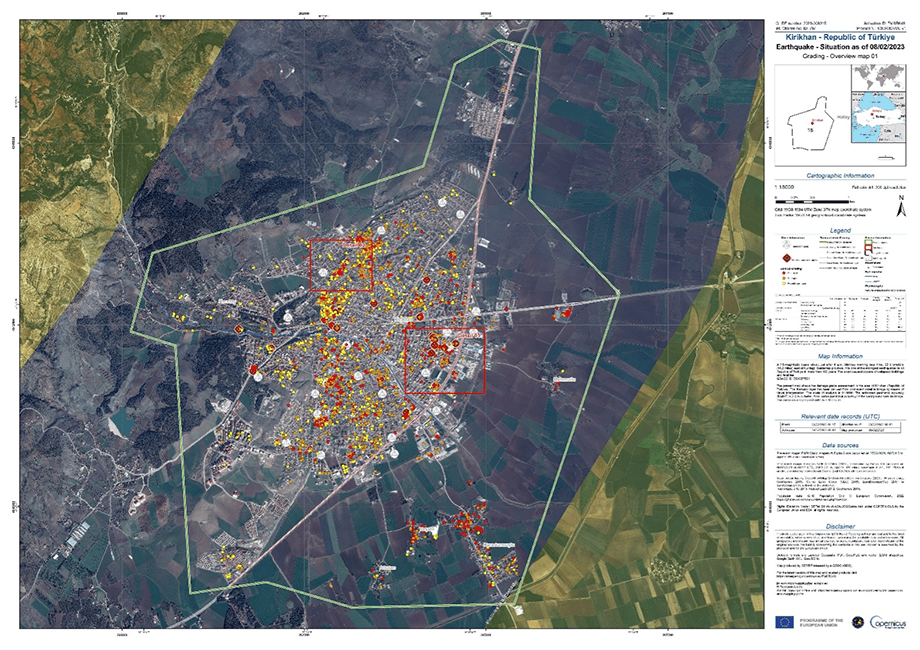
Despite China’s desire to deepen its cooperation with the countries of South America and the Caribbean (CELAC), not all of them are really interested. The desire to join the Chinese ILRS initiative in order to “balance the geopolitical situation in the world” was once expressed by Brazil, in particular. These intentions were no surprise, as both countries are part of the intergovernmental economic association BRICS (an abbreviation formed by the first letters of the names of the countries that formed this alliance: Brazil, Russia, India, China, and South Africa). However, Brazilian efforts to stay in step with their communist brothers from the East proved unsuccessful, so on June 15, 2021, Brazil became the 12th country to sign the Artemis Agreement, bringing the entire South American continent into the paradigm of the American vision of extraterrestrial human presence.

Thus, Brazil was the first (but not the last) country from the BRICS bloc, which refused to join China in trying to conquer the moon. However, India has turned out to be a real dark horse which stood out with its signing of the Accords. Today, the Indian Space Research Organization (ISRO) has the technology to deliver and extend its presence on the moon. Thus, last year, India became the fourth country to deliver a payload to the southernmost point of the Moon by its own means by successfully landing its Chandrayaan-3 spacecraft there.
To a large extent, India’s accession to the AA came as a surprise for world geopolitics, because the country has maintained strong cooperation with Russia for many years in both the defense and aerospace sectors. But in recent years, India has taken a big step towards rapprochement with the traditionally pro-Western countries of the South Asian region by signing the Quadrilateral Security Dialogue (QUAD), which, in addition to India, includes Japan, Australia and the US.
This was followed by India’s involvement in the Supply Chain Resilience Initiative (SCRI), which has provided the country with the opportunity to start reducing Chinese economic influence and increasing the level of economic relations with other SCRI members, namely Australia and Japan. In addition, deliveries under SCRI have opened the door for purchases of Japanese and Australian space equipment and components.
Like Brazil, India was a co-founder of the BRICS international economic community. This fact led many to think that India should logically join the Chinese ILRS initiative. However, strengthening its own positions in the south Asian region and the rapid growth of its economy has made India more independent in decision-making, in particular in the process of space exploration. India’s membership in QUAD and SCRI was likely the key that opened the door for the country to participate in the Artemis Accords.
It should not be forgotten that Ukraine is also a member of Accords, with the country’s State Space Agency signing the agreements in November 2022. As the ninth country to join the US lunar program, Ukraine actually has a lot to offer Artemis. For example, the workshops of the Dnipro rocket-building concern Pivdenmash and the Pivdenne Construction Bureau produced components and engines that flew both the American Antares 230+ (for which the company designed fuel tanks and the pneumohydraulic system of the first stage of the rocket), and the European Vega C (for which Pivdenne developed a throat insert in the nozzle of the Zefiro-40 engine, and also produced a liquid engine RD-843 for the fourth stage of the rocket). The many years of experience possessed by Ukrainian rocketry specialists will definitely be needed during the Artemis missions.
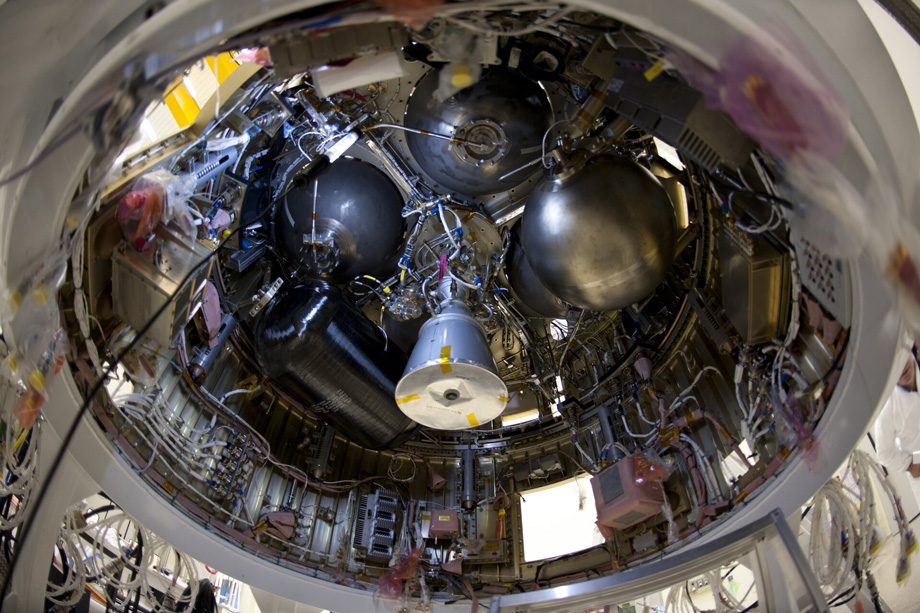
However, the bloody war started by Russia has radically changed Ukraine’s plans to contribute to the general cause of conquering the Moon as part of the Artemis Accords. In order to preserve its own existence as a state, Ukraine is forced to focus its rocketry sector on military (rather than scientific) applications.
Are Earth politics transferring to orbit?
Some examples of countries joining the AA or ILRS have an obvious political character. This is most clearly the case with Pakistan, which last year decided to join the Chinese initiative just a few months after its main competitor in the region, India, signed the Artemis Accords. The confrontation between India and Pakistan, which has been going on for more than a decade, sometimes even leading to military clashes, has now moved into space.
Unfortunately, this trend is not only visible in South Asia. Both lunar exploration blocs have among their participants not just strategic opponents, but even enemies in a state of open war (Ukraine and Russia). But the presence of such polarized political actors risks undermining the peaceful aspect of both lunar programs. There is a great risk that the deterioration of the situation on the global political map could lead to a very rapid transfer of the confrontation from Earth to orbit.
The outright ban on cooperation (and even simple negotiations) between NASA and the CNSA, codified by the Wolf Amendment, seems to leave both sides room for only one development — an ever-increasing level of competition between the two superpowers in space.
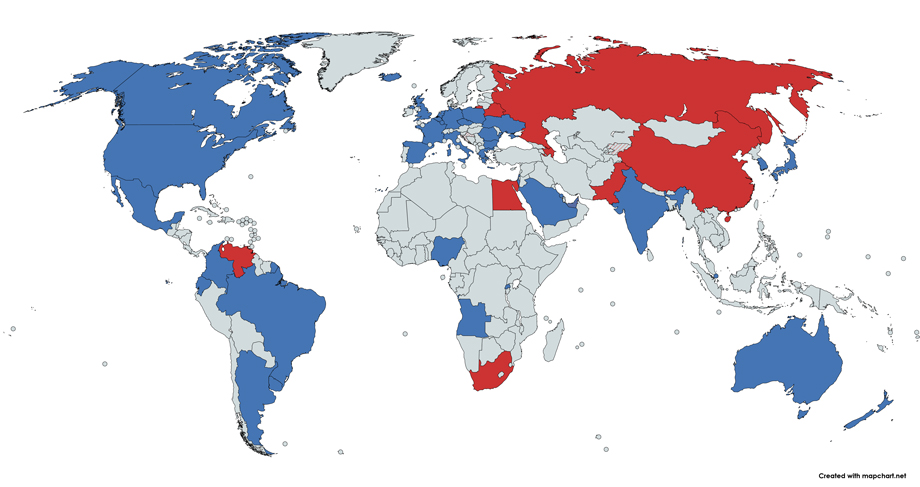
It is quite possible that the first real “star wars” could emerge after the discovery of resources on the moon and other celestial bodies, the struggle for which would threaten to significantly aggravate the situation. The Artemis Accords advocate a mechanism for the formation of “security zones” – areas on the Moon where countries can conduct their mining activities without the risk of territorial conflicts and claims from other participants.
And if on paper the agreements look quite meaningful and humanistic, it should be remembered that Artemis Accords are purely advisory in nature. At this point in time, neither the AA nor the ILRS have any legal force and are based on purely technical aspects of human presence on other celestial bodies of the solar system. It is likely that the politicians of the future will find a consensus on the issue of developing effective space legislation and create regulatory bodies that could monitor the implementation of these provisions.

